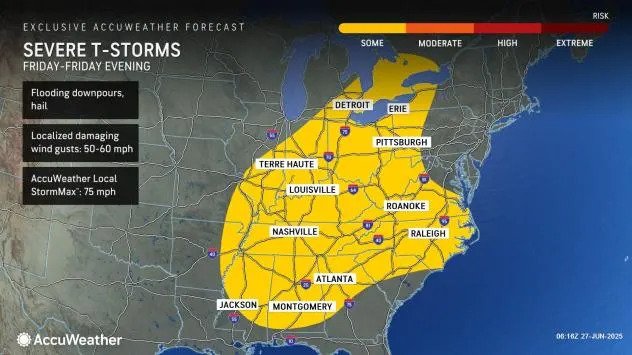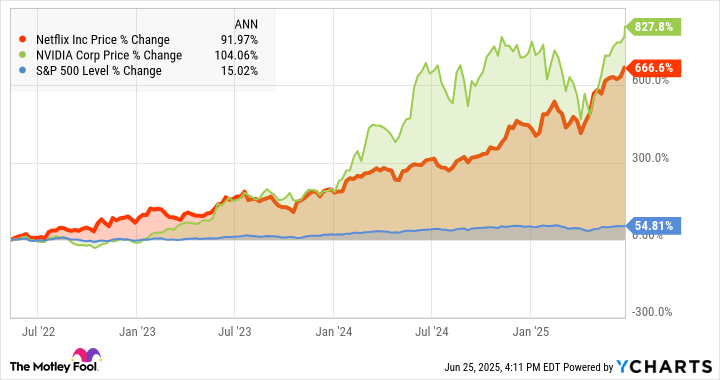Many details from the census have already been released, revealing a wealth of population information about the country’s nations, regions and local areas.
But a complete picture for the whole of the UK has only now been published.
The delay in producing a set of UK-wide statistics is due to the unusual circumstances in which the 2021 survey took place.
A census of the population has been held regularly since 1801, typically every 10 years and on the same day across the UK.
The 2021 survey was disrupted by the Covid-19 pandemic, however.
In England, Wales and Northern Ireland, the census occurred as planned on March 21 2021.
But in Scotland it was postponed for 12 months because of the impact of the pandemic, eventually taking place on March 20 2022.
This meant that, unlike for previous censuses, data had not been collected on the same date across the whole of the UK – and therefore Scotland’s data was not directly comparable with that for the other nations.
To solve this problem, the UK’s statistical agencies have come together to create a full set of census numbers with a shared point in time of March 21 2021.
Scotland’s 2022 census data has been adjusted to create notional estimates for 2021, which have then been combined with the actual 2021 totals for England, Wales and Northern Ireland.
The three agencies involved – the Office for National Statistics, National Records of Scotland and the Northern Ireland Statistics & Research Agency – describe it as “a solution that is conceptually simple, pragmatic, and creates numbers for a consistent time point”.
The new figures show for the first time how key population trends such as religion, ethnicity and marital status compare in the four parts of the UK.
For example, while 80% of the population of Northern Ireland on census day identified as Christian, the equivalent figures for the rest of the country are much lower, at 46% in England, 44% in Wales and 40% in Scotland.
Some 17% of people in Northern Ireland said they had no religion, rising to 37% in England, 47% in Wales and 50% in Scotland.
The proportion of people identifying as white was highest in Northern Ireland (97%), followed by Wales (94%), Scotland (93%) and England (81%).
England has the highest proportion of people identifying as Asian (10%), then Scotland (4%), Wales (3%) and Northern Ireland (2%), while the figures for people identifying as black were 4% for England and 1% for the other three countries.
There is less variation in the proportion of people who were married or in a civil partnership on census day, with 44% for Scotland and Wales, 45% for England and 46% for Northern Ireland.
The figures for people who are divorced or who have had a civil partnership dissolved range from 6% in Northern Ireland to 10% in Wales, with 8% for Scotland and 9% for England.
Census results are used by a variety of organisations including governments, councils and businesses, and underpin everything from the calculation of economic growth and unemployment to helping plan schools, health services and transport links.
Planning is already under way for the next UK census, which is due to take place in 2031.





